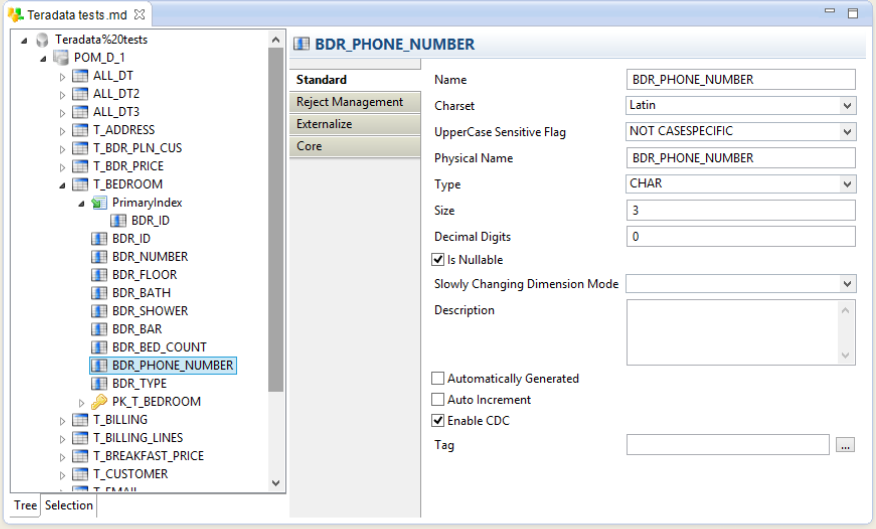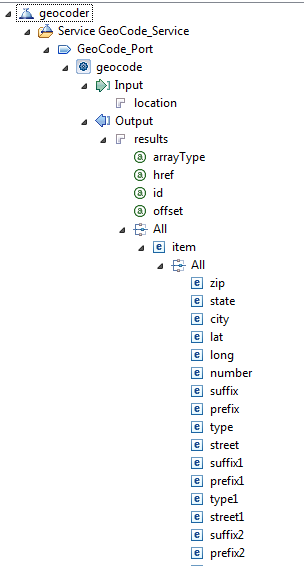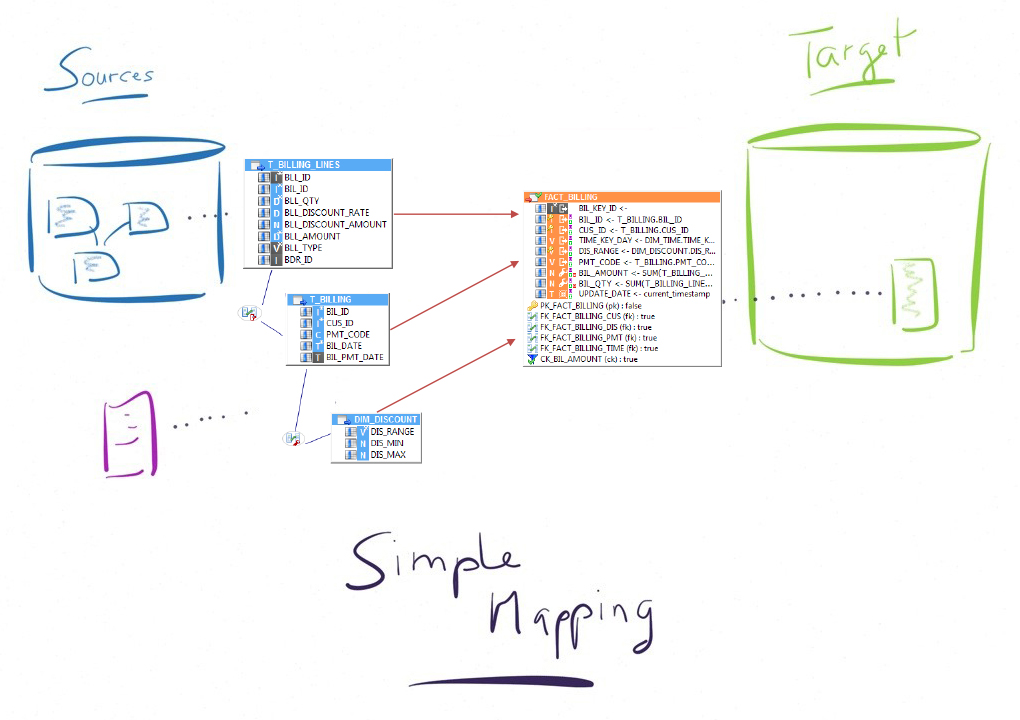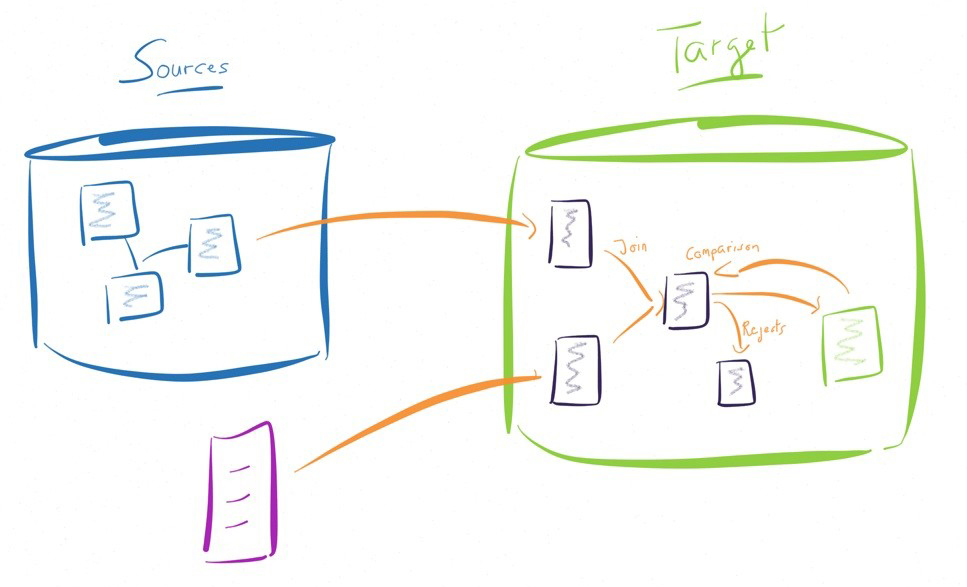 Stambia
The solution to all your data integrations needs
Stambia
The solution to all your data integrations needs
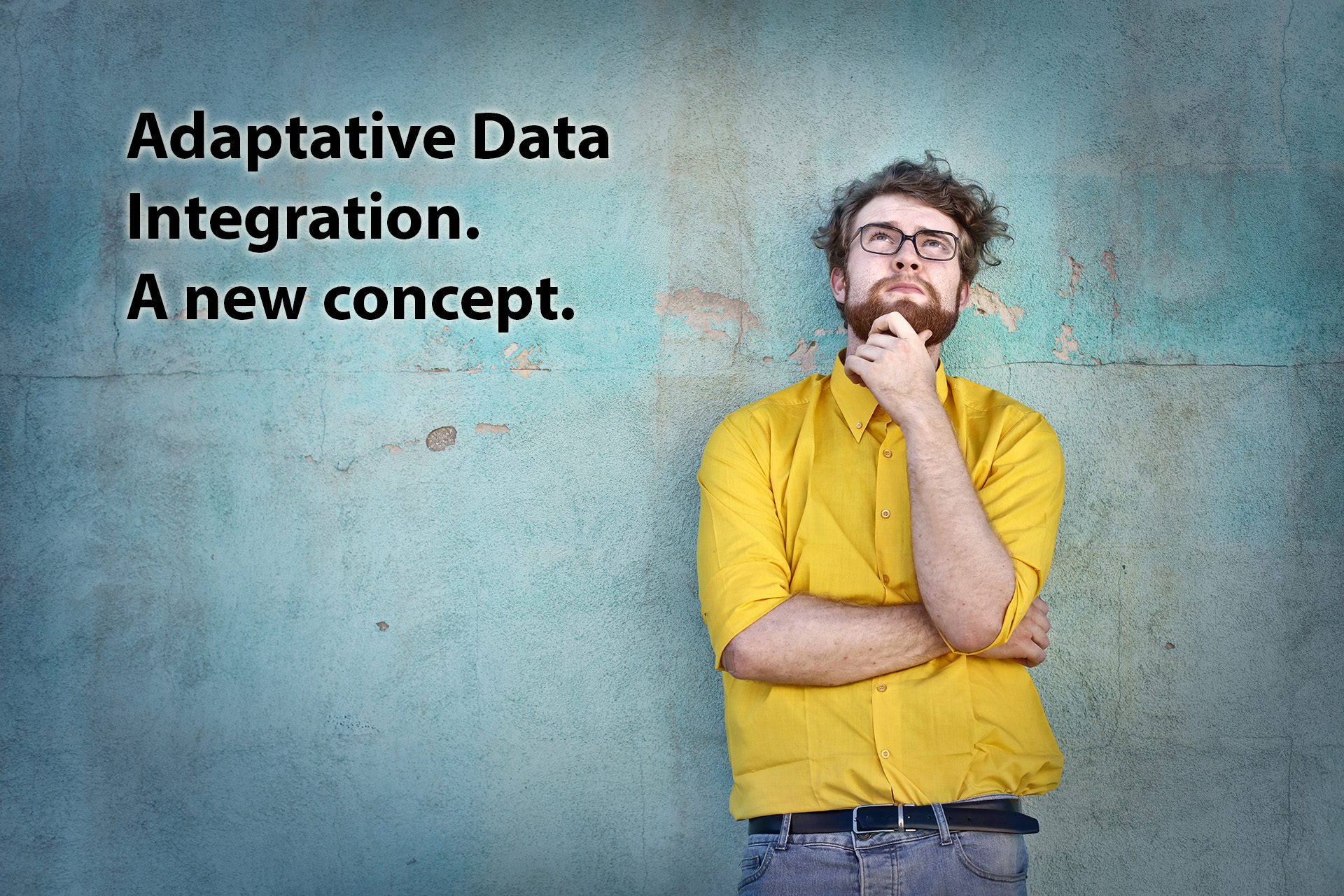
The Adaptive Platform Concept
The need for adaptability
Many software solutions have to put up with rigidity problems.
Actions that were designed from the start by the solution editor are easily done, but as soon as you move away from the standard, or if you wish to deal with subjects that were not foreseen by the editor, everything becomes more complicated !
Data integration solutions are also subject to these pitfalls.
What is worse is that, more than other software, data integration solutions need to adapt more, since they need to connect to any type of technology.
Stambia has an answer to this problem thanks to its philosophy based on Model Driven Engineering.
We say that the Stambia platform is "Adaptive".
The Adaptive Platform concept is materialized by two important notions.

Increase productivity, quality and simplicity
The Technology Descriptor notion
This notion enables Stambia to represent a technology such as it is in reality.
With Stambia, there is no fixed way or manner to use a technology : nothing is hardcoded.
Let's take a simple example : the way in which a database is represented (a server with schemas, tables, etc.) has not been hardcoded by the R&D team while developing the solution. This is graphically parametered and can be adapted.
This means you will be able to:
- Adapt Stambia to technologies that were not foreseen from the beginning with no complex developments.
- Fit to existing technologies through specialization. For example, you will be able to use a primary index in Teradata, although it does not exist in other databases.
- Adapt the representation of the technologies to meet specific customer needs.
So the results will be very different when you change technologies.
Here are two examples of metadata that both derive from the same Teechnology Descriptor component (MDE meta-model):
Reverse of Teradata metadata
This screenshot shows the result when you get (reverse) metadata from a Teradata base.
We can see the Teradata specific objects such as primary indexes, allowing the code generated by the template to be adapted to Teradata and therefore powerful.
Reverse of a Web Service
This screenshot shows the result when you reverse a Web Service.
So Stambia allows you to represent a technology in the way it was designed. And using this representation in the mappings will simplify developments.
Whether you are loading an XML file, a relational table or No SQL data, the task will be just as easy.
The user can focus on his business rules and let Stambia deal with all the technical complexities of the underlying technology.
The template notion
Traditional way of designing
Developments with traditional data integration solutions need a lot of technical steps before reaching the desired functional purpose.
Developing often takes a "procedural" aspect, because you have to go through a series of steps (select, transformation, split, lookup, join, etc).
Here an example of the traditional way of doing integration flows:
Stambia's Business rules oriented design
The principle of Stambia, based on MDE concepts, is to focus on the developments at a business level (what we call mappings) and to rely on Templates (graphical process models) to generate the process that would have been developed manually in other solutions.
The mapping only includes business rules (transformations, filters, connections).
Automatic generation of complex processes
When you associate your mapping with the templates (which you will only have to parameter in the mapping), Stambia will generate a graphical process that sequences the different steps needed to fulfil the business problematic
This process has to be manually designed with the traditional solutions.
It's automatically generated by Stambia, using the business oriented mapping and the technical templates.
In line with the ELT approach
Coupled with the ELT vision, Stambia will generate a process that will finally run inside the underlying technologies, taking benefits of the power of these technologies
Want to know more ?
Consult our resources
Did not find what you want on this page?
Check out our other resources:
Semarchy has acquired Stambia
Stambia becomes Semarchy xDI Data Integration
